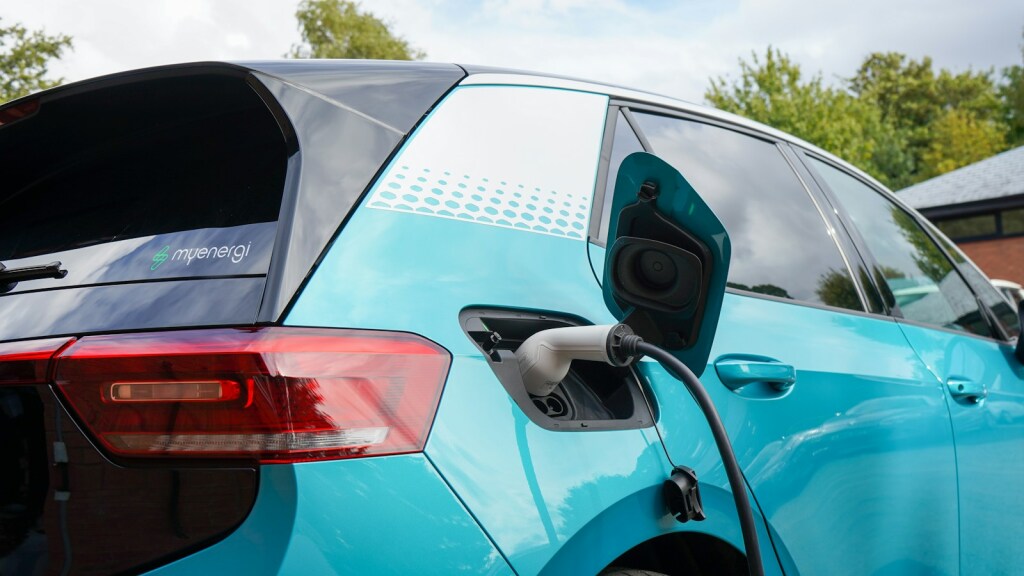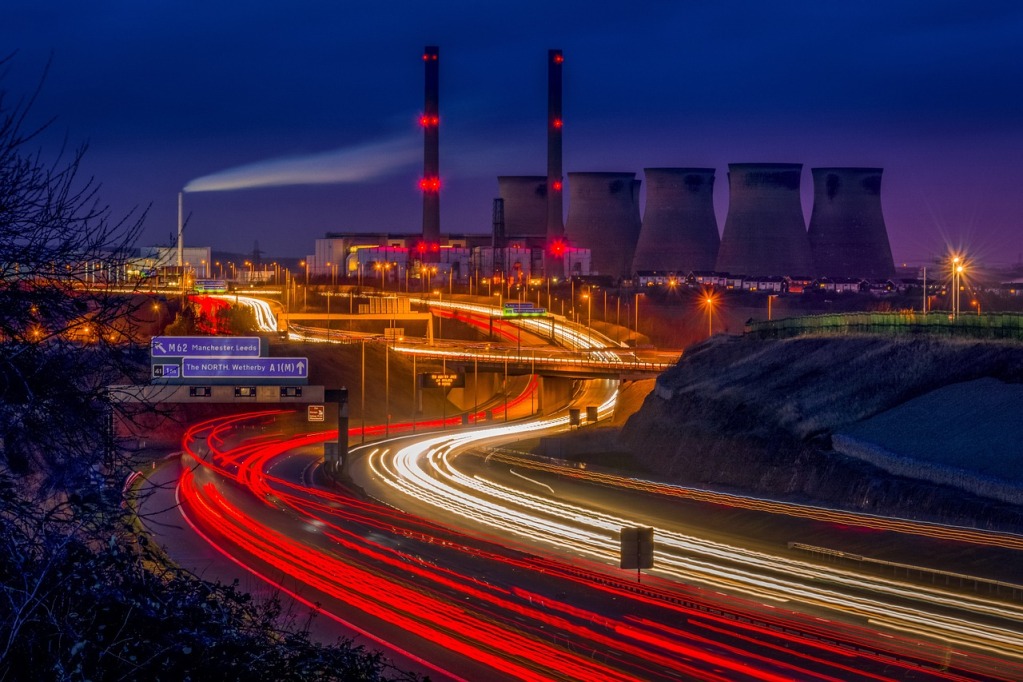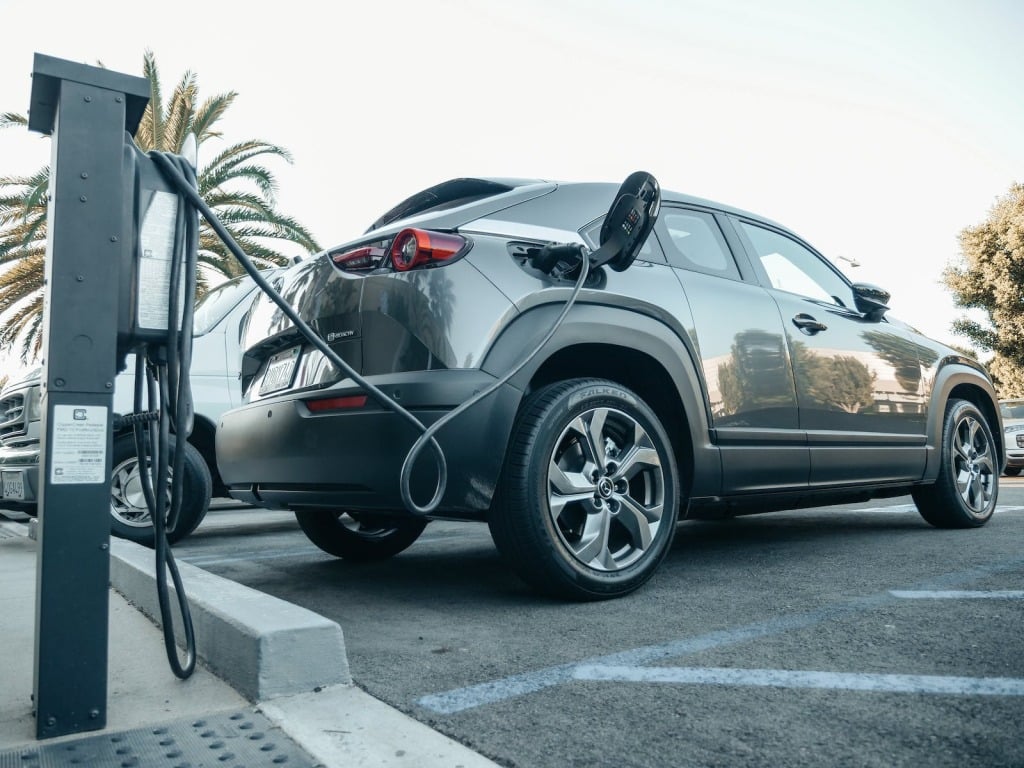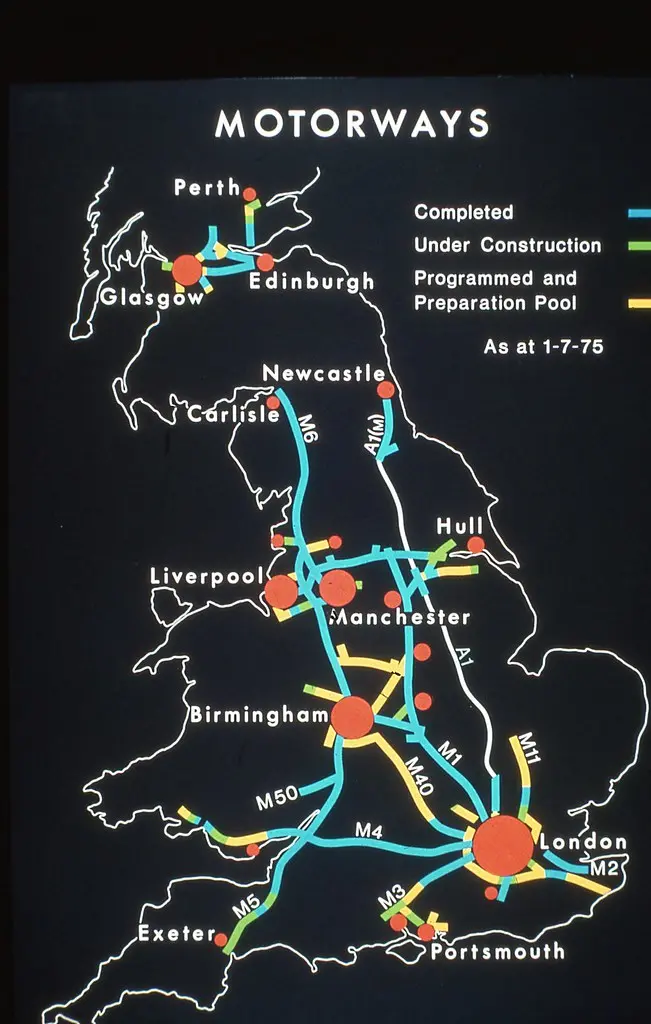The UK government set itself a target to make sure that every motorway service station would have at least six ultra-rapid EV chargers available for EV drivers by the end of 2023.

Such an achievement would have at least cut some regular public concerns about being able to recharge the increasingly popular electric vehicles that we are seeing on our roads.
Unfortunately, the UK government has failed to reach its target for 150 – 350-kilowatt capable electric vehicle charger availability. This has been revealed by an end of the year RAC report that tells us that just under half of the current motorway service stations have electric charging capability.
To be exact, only 46 of the 119 available motorway service stations can boast this EV attribute.
The government had set out the plan in 2020 (where it also had mentioned plans to bring forward the end of combustion engine vehicle sales to 2035). There was also some good news in that no electric vehicle driver is less than 25 miles away from a rapid charge point in England – if you can find where the charge point is, of course.

The 2020 plan was to have at least 6 high powered open access charge points, with some of the larger motorway service areas intending to have up to 12 EV charging areas.
The government plan was that there would be approximately 2,500 high powered electric vehicle charge points across England’s motorways and A roads – and 6,000 charge points by 2035. This plan is now very likely to fall short.
Recently, Zap-Map revealed that there were 53,029 EV charging ports in the UK, but only 4,505 of these were capable of providing ultra-rapid charging.
Ultra-rapid charging has many benefits, such as reducing the time it takes for users to spend waiting to recharge their vehicle, and potentially freeing up space where queueing might occur when charging times are longer.
Part of the issue is the grid connection, as potential recipients of ultra-rapid EV chargers are being obliged to wait several months for the connections to be available.
The government is aware of this and has recently pledged to spend a pilot fund of £70 million to improve grid connections. This pilot fund will be taken from the Rapid Charging Fund which houses £950 million in funds.

As already mentioned, more charging options will certainly increase user confidence in adopting electric vehicles, along with the ever-advancing battery technology offering increased range.
The pilot fund should enable the government to increase grid connections for an additional 10 sites, which will depend on received National Highways applications.

While this is somewhat of a setback, the process must continue, as more and more electric vehicles are being bought.
Zap-Map recently revealed that as of November 2023, there are now more than 950,000 fully electric cars on our roads along with 570,000 hybrids.
Zap-Map also revealed that the growth of registered electric cars increased from 2021 by 40% for the year 2022. When the next figures are revealed, this is surely likely to have increased again.
Stay up to date with the latest EV news on Smart-Motoring.com.
For more articles like this, receive our weekly e-newsletter, including partner deals and all things motoring, register your email below.
Please note: You cannot subscribe to Smart-Motoring unless you put a tick in the checkbox below to indicate have read and agreed to our privacy policy.




Leave a Reply
You must be logged in to post a comment.